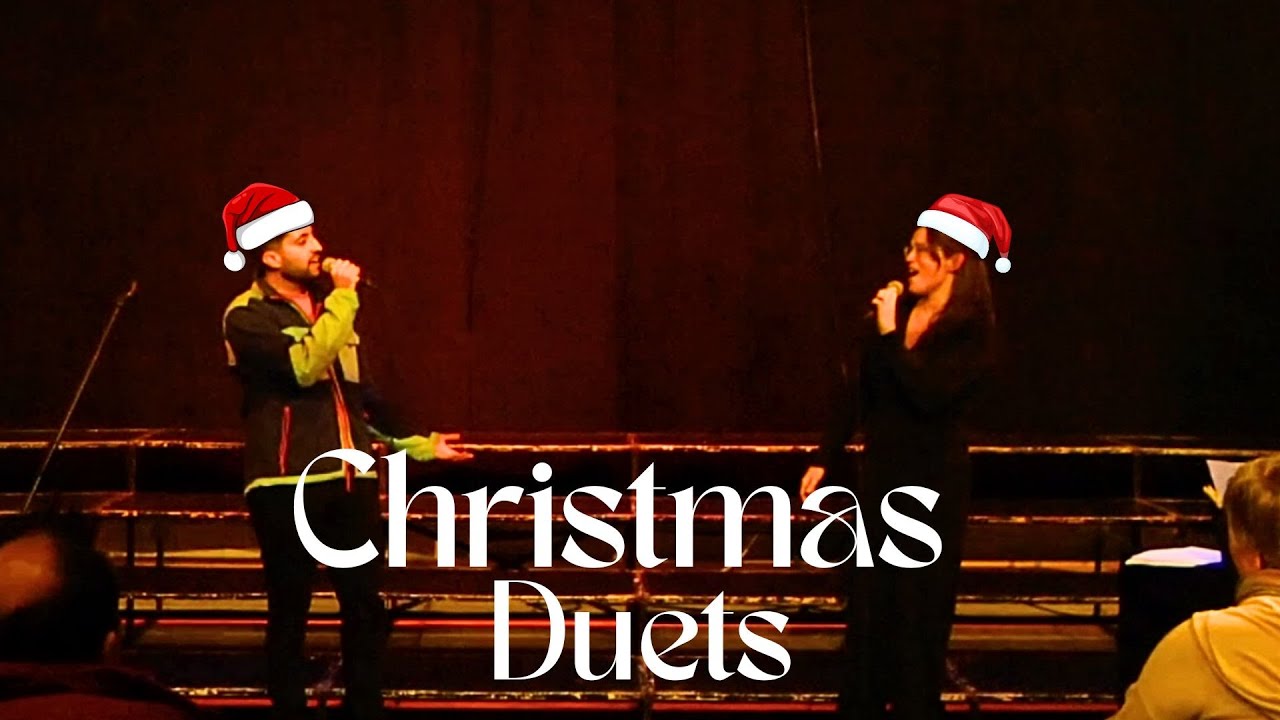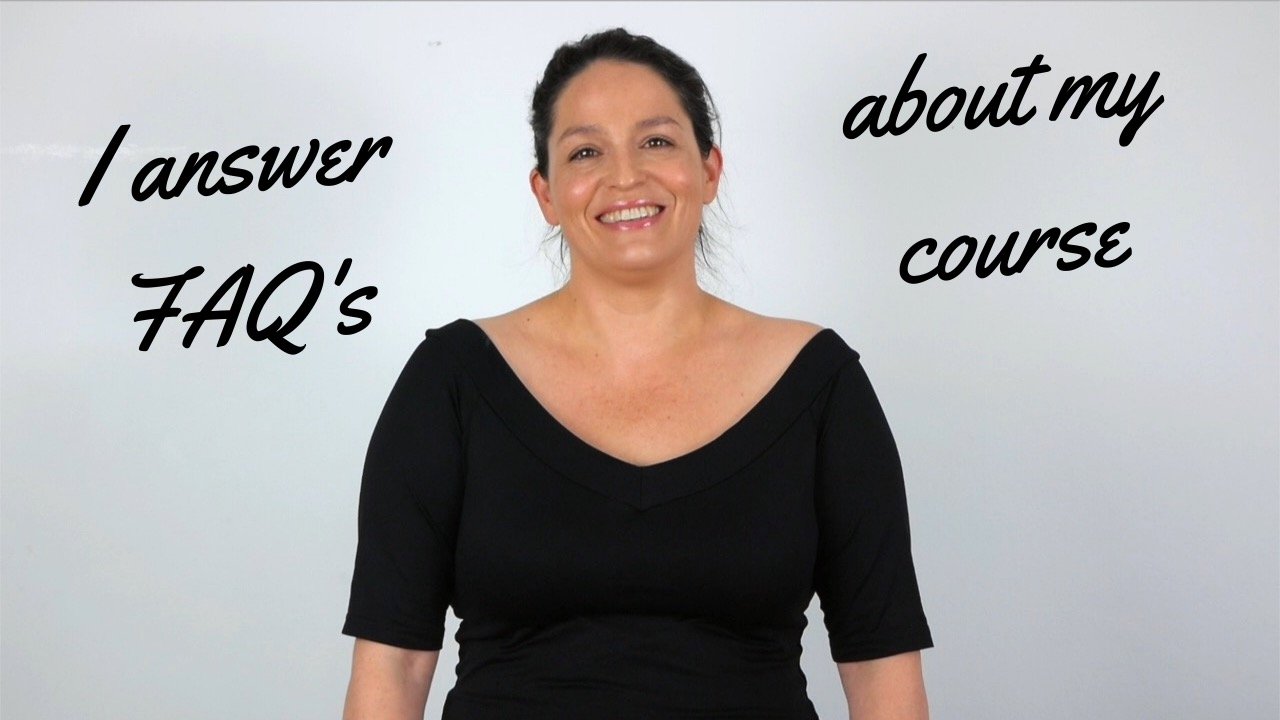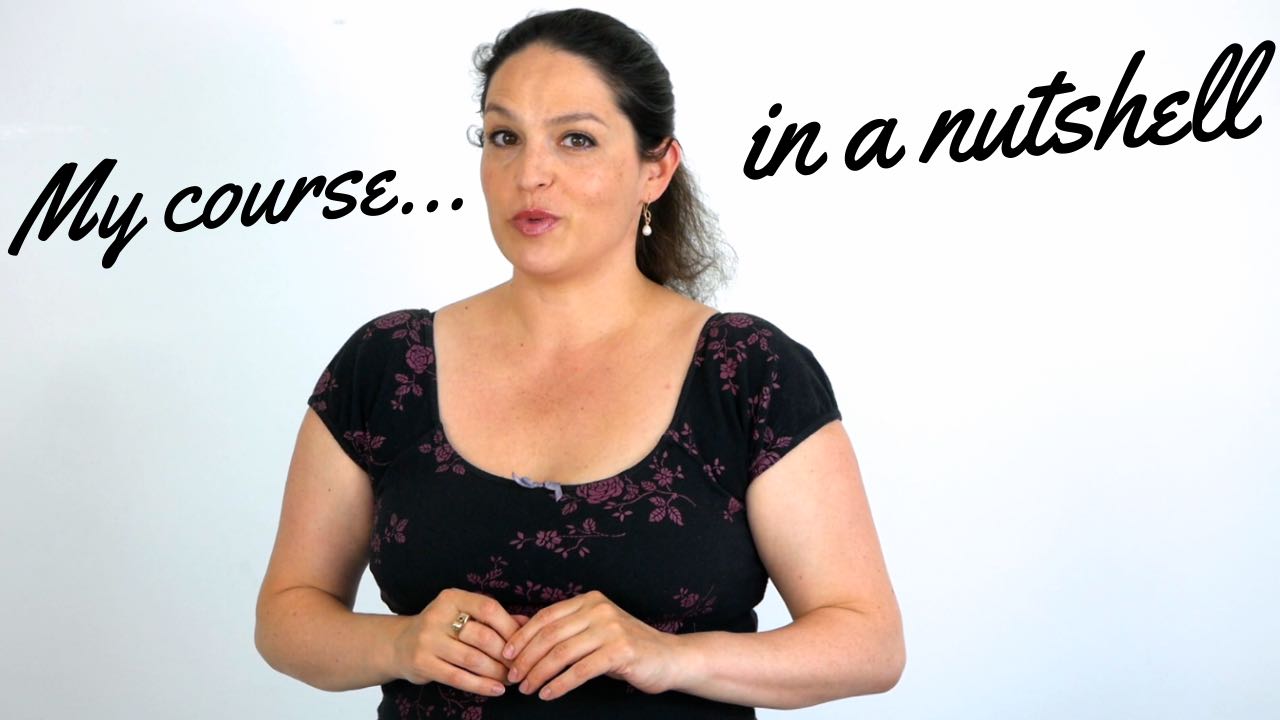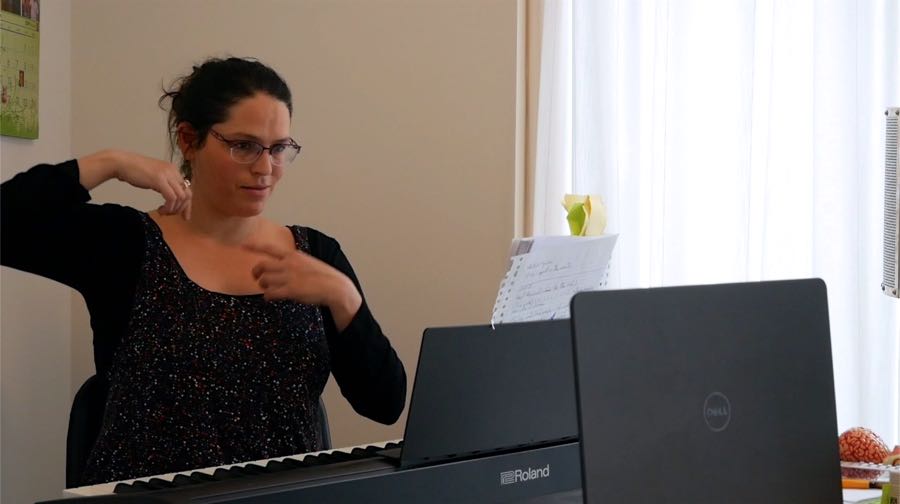Ever since seeing Mary Poppins returns in cinema with my choir members, I wanted to write an arrangement for the beautiful ballad The place where lost things go.
That was early February, so I have been postponing it a bit. I wanted to do justice to the song. My fantasy about arranging it was an a cappella version with 4 voices, all written in the form of a fugue. Real J.S.Bach style….
By setting the bar that high, I gave myself a task that was too enormous. I am not a composer. So last week, finally, I locked myself in the room with a piano, during a short retreat at my parents in law. I told myself I had to write the arrangement on that day. And it would probably turn out less complex than I dreamed it to be. But that’s OK.
Still, I experienced a bit of a writer’s block. In numerous places of the song I had no idea what would happen.
I tried to get over my writer’s block by playing the chords of the song, singing the melody first, then trying to sing something that would make sense with it. Just trying to come up with something, and then throwing away what wouldn’t work. It was creation by elimination that finally got me somewhere. It was a rusty process, but it did start to move forward.
The altos get the melody!
For this arrangement, I wanted the altos to have the melody, which is kind of unusual in an even part choir. But the altos in my choir have at times been complaining a bit – rightly so, I believe – that they would like to sing the leading part once in a while.
So I tried to give the altos the melody for as long as I could. But since the melody goes too high sometimes for me to add two extra voices on top of it – I couldn’t keep it up for the entire song. But they end up having it most of the time, and even sing solo in two places.
The A Cappella part was the breakthrough
I knew I wanted the a cappella part to be polyphonic (each voice has an independent melody, not necessarily accompanying the main one). I viewed writing this almost as a math game: if the sopranos are moving, then the other voices have to sustain, and vice versa.
I ended up using that method for other parts too: calculating what would fit into the harmony.
During the writing process, I tried to sing the parts and see if they would be reasonably catchy and easy for anyone the girls to learn. I had to ditch a few tries because of that.
I recorded a part of the a cappella section, in all three voices, and played it back. The combination worked nicely – so I became more hopeful that I’m not just shooting in the dark.
How would it sound?
I was pretty curious to actually hearing what I had written. I was almost sure it would sound ok, because I made sure I stayed in the harmony of the song. But I didn’t know how well or interesting it would sound.
Writing this piece was a bit excruciating at times. I had to lock myself in the room, face my fears.
My advice: when you have a task at hand that you’re weary about – start it. First mess around, then gain momentum by exploring and elimination, and by applying what you already know.
And then you simply don’t stop.





